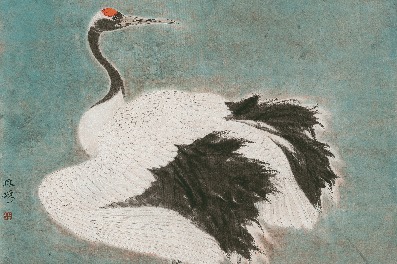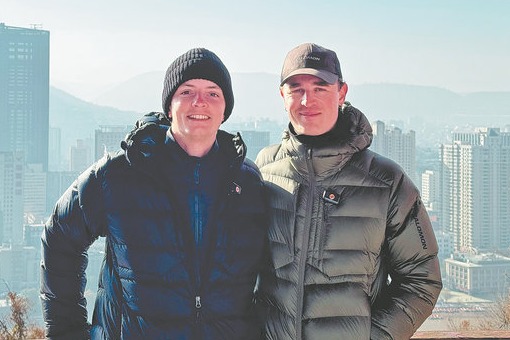A repository of religious relics

In addition to being one of Tibetan Buddhism's top academies, Tashihunpo Monastery, Shigatse, Tibet autonomous region, is a repository of precious cultural relics, including the world's tallest statue of the Qiangba Buddha, also known the Maitreya Buddha or the Buddha of the Future.
Construction of the 26.2-meter-high bronze statue started in 1914, and took more than 110 craftsmen four years to complete.
More than 279 kilograms of gold were used to coat the statue and the eyebrows are decorated with more than 1,400 jewels, including diamonds, pearls and amber.
"A fully-grown man can easily fit inside one of the nostrils, and it may be the most expensive Buddha statue in the world," said Dawa, a senior lama at the monastery, which was built by the first Dalai Lama in 1447.
Tashihunpo has been the official residence of Panchen Lamas, key leaders in Tibetan Buddhism, since 1713, and a hall is dedicated to gifts sent to successive Panchen Lamas by emperors of the Qing Dynasty (1644-1911).
In 2008, the regional and central governments spent 118 million yuan to reinforce more than 20 halls, including the one that houses the Qiangba Buddha.
"During the three-year project, the rotten wooden structures were replaced and cracks in the walls were sealed. The beams in the roofs are stronger than ever," Dawa said, as he stood at the foot of the statue.
He added that the murals in the hall of the Qiangba Buddha have been carefully restored and protected so they can't be damaged accidentally by visitors.
Salung Phunlha, director of Tashihunpo's administrative commission, said the central government has also funded the renovation of the lamas' living quarters, and a care home for elderly lamas has recently been built in the monastery.
Tashihunpo is home to many Buddha statues, ancient scriptures and precious thangka, or religious paintings, which are major attractions for visitors, both Buddhists and tourists. The monastery's rich history, grand architecture and stunning cultural relics make it one of China's top tourist attractions.
"We don't let followers or tourists interrupt the lamas' studies or religious activities, which is the most important thing. We seal off areas whenever needed and divert visitors to other parts of the monastery so they can still have a great experience at Tashihunpo," Salung Phunlha said.





































